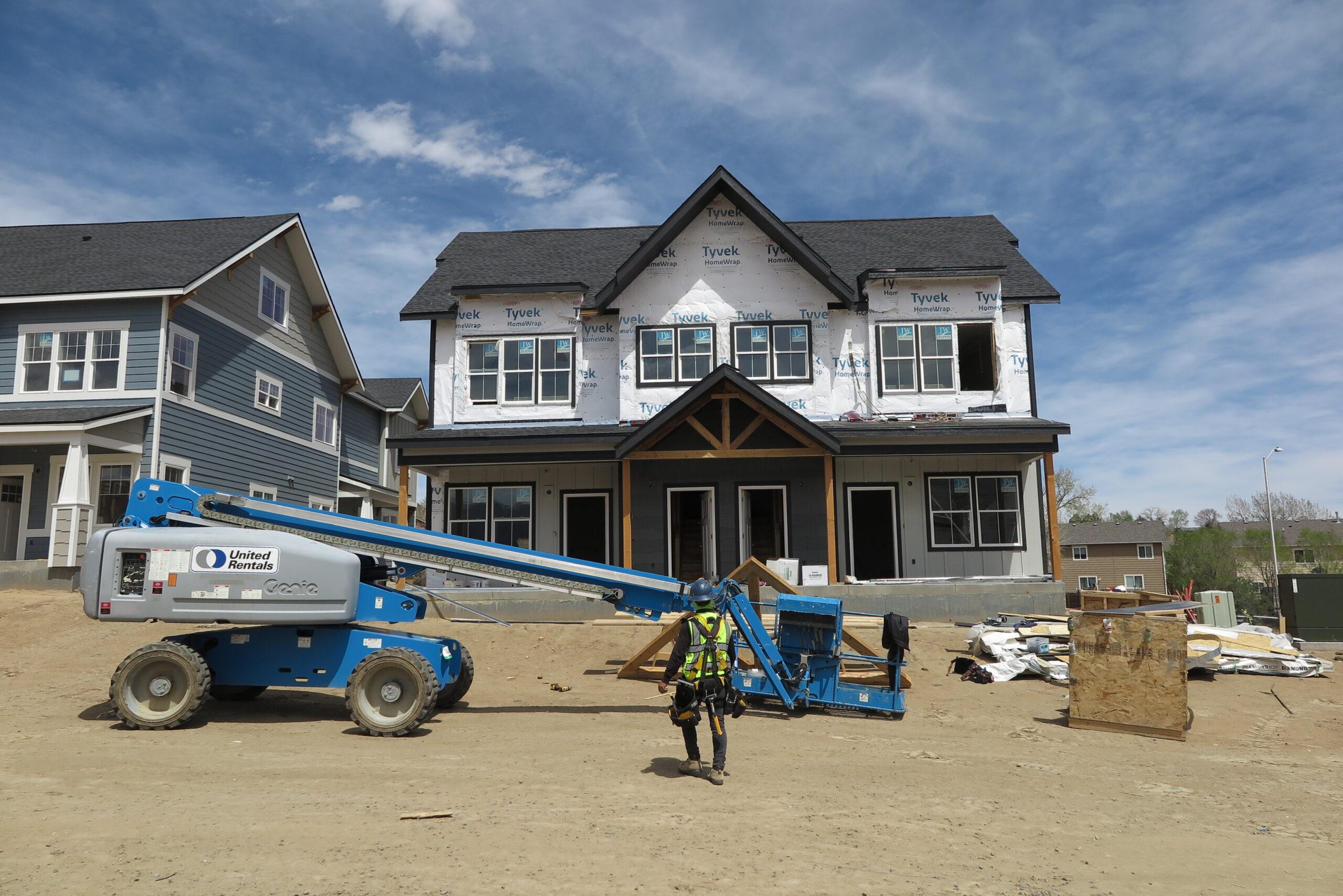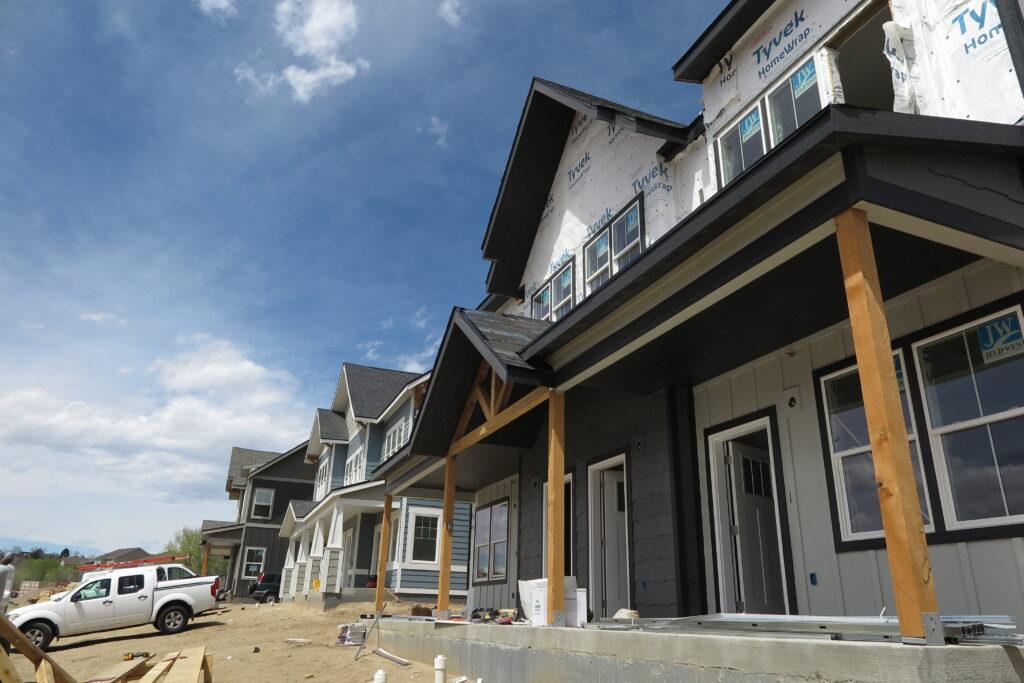
Members of a Colorado Springs-based group hope a report they recently submitted to the City Council will spur a broad range of efforts to bring down housing costs for low-income — and middle class — residents.
The city’s Affordable Housing Collaborative, made up of local government leaders, nonprofit organizations and real estate developers was tasked by city council members a year ago to hold a series of public meetings to identify practical actions that could be taken. Their “Housing for All” report looks into ideas ranging from financing and land use changes to advocating for regulatory changes at the federal and state levels.
Mary Stegner, executive director of local nonprofit Partners in Housing, helps lead the collaborative. She said the group also looked to other cities for ideas; places like Austin, Texas, and Grand Rapids, Michigan, that have had recent success in improving housing affordability.
Stegner pointed to sales tax rebates for affordable housing properties as one way to make more projects feasible. That, combined with reduced fees on necessities like hooking up utilities, could save tens or even hundreds of thousands of dollars on starting up a property. Those savings could then be passed on to renters.
However, even if every idea in the report was implemented, some say it wouldn’t be enough. That’s because the housing needs in Colorado Springs, like most of the Front Range, are not limited to those with the lowest incomes.
“Just like any basic economics. If you have a supply shortage and high demand, the price for that product is going to go up,” said Darsey Nicklasson, president of local real estate development firm DHN.
She has been focusing her attention on the group she calls the “missing middle”: those who make too much money to qualify for placement in affordable housing, but still end up paying up to half of their income to find housing in the city. In a city like Colorado Springs, or indeed like some of the state’s mountain communities, those people may be working traditional middle class jobs like teachers, police officers, first responders and construction workers.

Nicklasson, who gave a “Missing Middle” presentation to the Colorado Springs City Council immediately after it heard a summary of the affordable housing collaborative’s findings, described a need for Colorado Springs to focus on that tier above the technical definition of affordable housing, what she called “attainable housing.”
Her firm is working on two such projects right now. Dubbed Mosaica and Kalaidos, they seem like small and tightly planned neighborhoods, with rows of what look very similar to multi-bedroom townhomes.
“Maybe we can come up with a business model that actually sets rents as low as we can. But knowing that we still have to cover our operating expenses, we still have to cover debt payments,” Nicklasson said.
It’s not easy, as the rising cost of everything from labor to lumber continues to push against her bottom line and the projects’ investors still expect a worthwhile return on their money someday.
Nicklasson is planning to stagger rents in her new projects based on tenants’ income and raise rents at about half the market rate yearly, or less. But, she said she may still need to sell the developments in a decade or so to recoup the investment.
Nicklasson told city leaders other useful ideas to bring down housing costs across the board in Colorado would be to advocate for 40 year mortgages at the federal level and to reform construction defect laws statewide.
The ultimate goal, she said, is to keep workers who perform essential tasks, like teaching or firefighting, in the community by helping them find housing that could keep them in Colorado Springs — and keep them from leaving the city altogether.
“We need our teachers, right? We need our police force. We need our firefighters. They're [an] essential part of our community,” she said. “If we can't provide or have housing in our community for those folks, we won't be able to fill those positions, because they're gonna have to move elsewhere where they can afford to live.”








